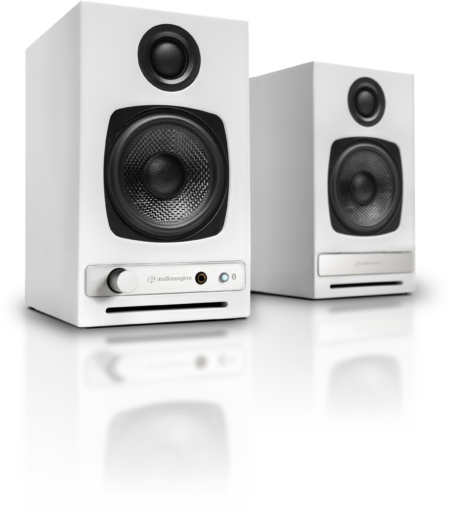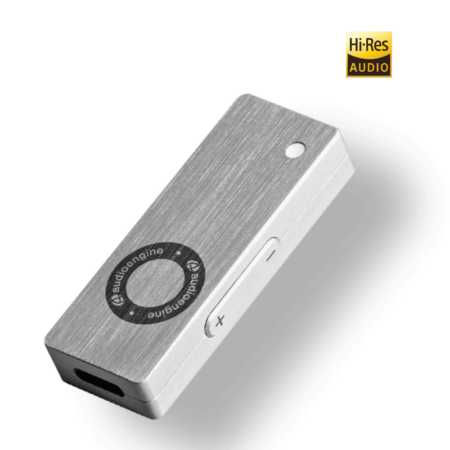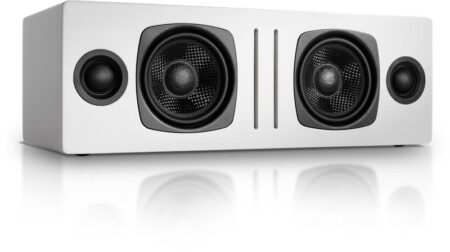Surgery demands focus, control, and endurance. Some tools are obvious: scalpels, scopes, sutures. Others are subtle. Music during surgery is one of them. When used intentionally, it can sharpen performance, reduce stress, and support surgical flow.
This guide explains how music impacts surgical teams. It outlines benefits supported by research. It also helps you know when music helps or hinders performance.
What Happens When You Play Music During Surgery?
Put simply, music during surgery influences how surgeons and their teams operate, both mentally and physically. Research shows that the right music can help you do tasks better. It can also save time and reduce stress.
These effects come from a combination of psychological, neurological, and environmental factors. But it’s not one-size-fits-all. The genre, volume, and timing of music all matter.
Now, here’s how it works in more detail.
Music affects the brain's limbic system. This system controls our emotions and memory.
Music also interacts with the autonomic nervous system. This system manages stress responses, such as heart rate and blood pressure. In the operating room, that can translate into lower anxiety levels, steadier hands, and improved cognitive control.
A 2019 review in the Annals of the Royal College of Surgeons of England looked at 18 studies. The study found that low- to medium-volume music, especially classical or preferred tracks, improved performance in surgical tasks. This was true for both simulated and real surgeries.
In these studies, surgeons performed faster, made fewer errors, and maintained better focus when music was present. Researchers replicated these findings in real-world Operating rooms, not just in controlled tests.

Why Music During Surgery May Help Surgical Teams
Surgery involves prolonged mental effort. Fatigue, stress, and environmental distractions can chip away at performance. Music during surgery can counteract those effects by helping regulate internal states.
Benefits may include:
- Reduced stress and anxiety for both patients and surgeons
- Lower heart rate and muscle fatigue during long procedures
- Smoother coordination and communication in the operating room
- Faster task completion in simulated and live procedures
- Improved morale and mood among surgical staff
These effects are strongest when the music is familiar, steady in tempo, and doesn’t contain distracting lyrics. Volume also matters. Most benefits occur at levels below 60 decibels. This is quiet enough for clear communication but loud enough to hide mechanical noise.
What Do Surgeons Actually Listen To?
Real-world playlists vary. At Cedars-Sinai, surgical teams shared the music that gets them through long procedures.
Some go for classic rock. Others lean into upbeat pop or electronic tracks. The key is rhythm, familiarity, and mood control.
A few examples:
- Dr. Karen Zaghiyan is a colorectal surgeon. She uses the upbeat music of artists like Eminem, Journey, and Pitbull. This helps her stay focused during long operations.
- Dr. Allan Silberman, surgical oncologist, prefers steady classics like Steppenwolf and Marvin Gaye.
- Dr. Natasha Trentacosta, orthopedic surgeon, runs pop playlists on shuffle to stay alert and engaged.
Surgeons aren’t looking for distraction. They’re selecting music that mirrors the rhythm and pacing of their work. These playlists aren’t about relaxation. They’re about consistency and control.
When Music During Surgery Helps, and When It Doesn’t
Music during surgery can sharpen focus, but only under the right conditions. Poorly chosen music can backfire, causing distractions or communication failures.
Music during surgery may help when:
- The procedure is routine or familiar
- The volume is controlled, and the tracklist is known
- The surgical lead chooses the music
- There’s a clear system to lower volume during critical phases
Music during surgery may hurt performance when:
- The music contains lyrics or rapid tempo shifts
- The genre is unfamiliar or emotionally intense
- The volume masks alarms or team communication
- The team has conflicting preferences, or the music is unpredictable
Some hospitals now use “smart operating room audio systems” that duck music volume when alarms go off or when staff begin speaking. That automation helps preserve the benefits of music without compromising safety.
What About the Patient?
Even under local or spinal anesthesia, music can support patient well-being. Research shows that patients who listen to calming music during surgery may need less sedative medicine. They also report feeling less anxious. Music helps mask the mechanical sounds of the operating room, which can be distressing for conscious patients.
In some studies, patient satisfaction scores were higher when music was part of the surgical environment. These effects became most pronounced when patients chose the music themselves.

Frequency, Tempo, and Genre Matter
To be effective in surgery, music needs to match the environment. Here are general guidelines supported by research:
Variable |
Effective Range |
| Volume: | Under 60 dB |
| Tempo: | 60–120 BPM |
| Lyrics: | Instrumental preferred |
| Genre: | Classical, ambient, soft jazz, surgeon-preferred |
| Duration: | Full procedure or specific segments |
Familiarity matters more than genre. Surgeons perform better when they listen to music they know well. That makes timing and rhythm predictable, supporting smooth motor coordination and reducing cognitive load.
Summary: How to Use Music as a Surgical Tool
Scenario |
What Music Does |
| Long procedures | Supports stamina and focus |
| High-anxiety moments | Regulates heart rate and breathing |
| Team dynamics | Builds rhythm and morale when collaboratively chosen |
| Patient sedation | May reduce medication needs and anxiety |
Surgical performance relies on preparation, experience, and focus. Music won’t replace any of those, but used correctly, it can support them. Not every surgeon plays music, but those who do treat it like any other part of the environment. They control it, use it purposefully, and choose it carefully.
Results May Vary
Not all surgical teams benefit equally from music. Personal preference, procedure type, and team communication needs will shape whether music helps or hinders.
Results vary by specialty. For example, orthopedic surgeons often prefer fast tracks that match their active work. In contrast, oncologic surgeons may choose slow, steady rhythms to help with precision.
Hospitals can test the usefulness of playlists by running pilot programs. They can use these programs during routine procedures. Staff can give feedback, and hospitals can measure outcomes. These outcomes include task duration, communication clarity, and stress levels.
While music won’t make or break a procedure, it can sharpen the edge if used intentionally.
If you're listening on headphones during prep, review, or post-op wind-down, your gear matters. Devices like the DAC3 from Audioengine can give your headphones the power and clarity they need to keep detail intact, even in high-focus environments. It’s not about volume or hype. It’s about hearing everything clearly, without fatigue.
Want to Listen like you are in the OR?
Listen to our carefully selected playlists from real surgeons!
















